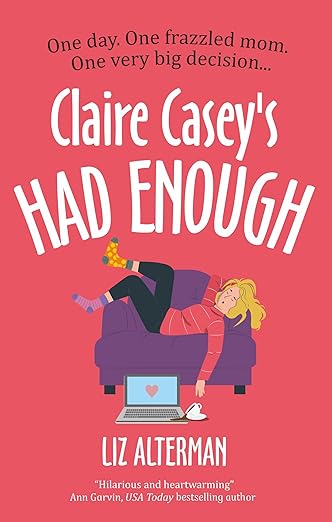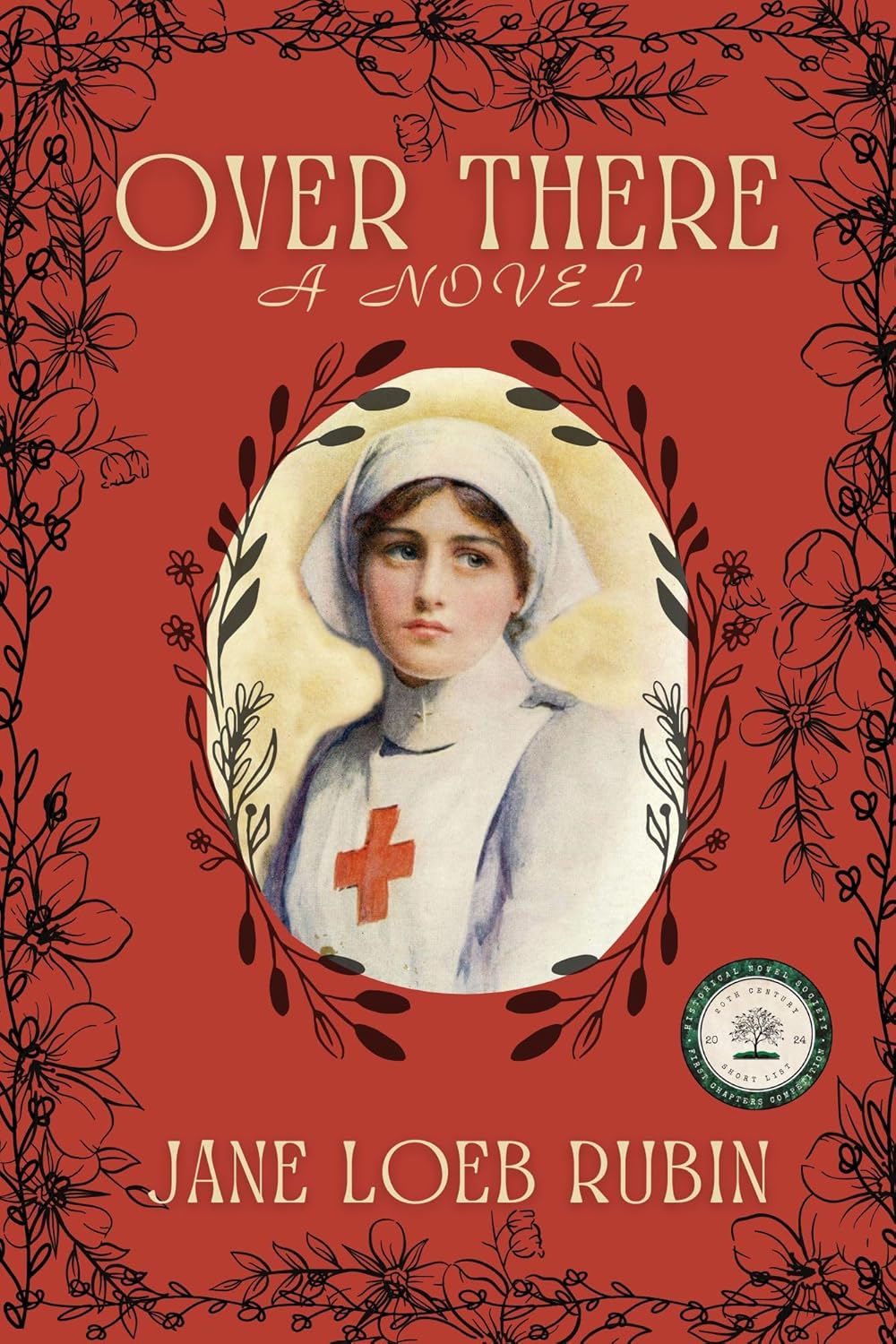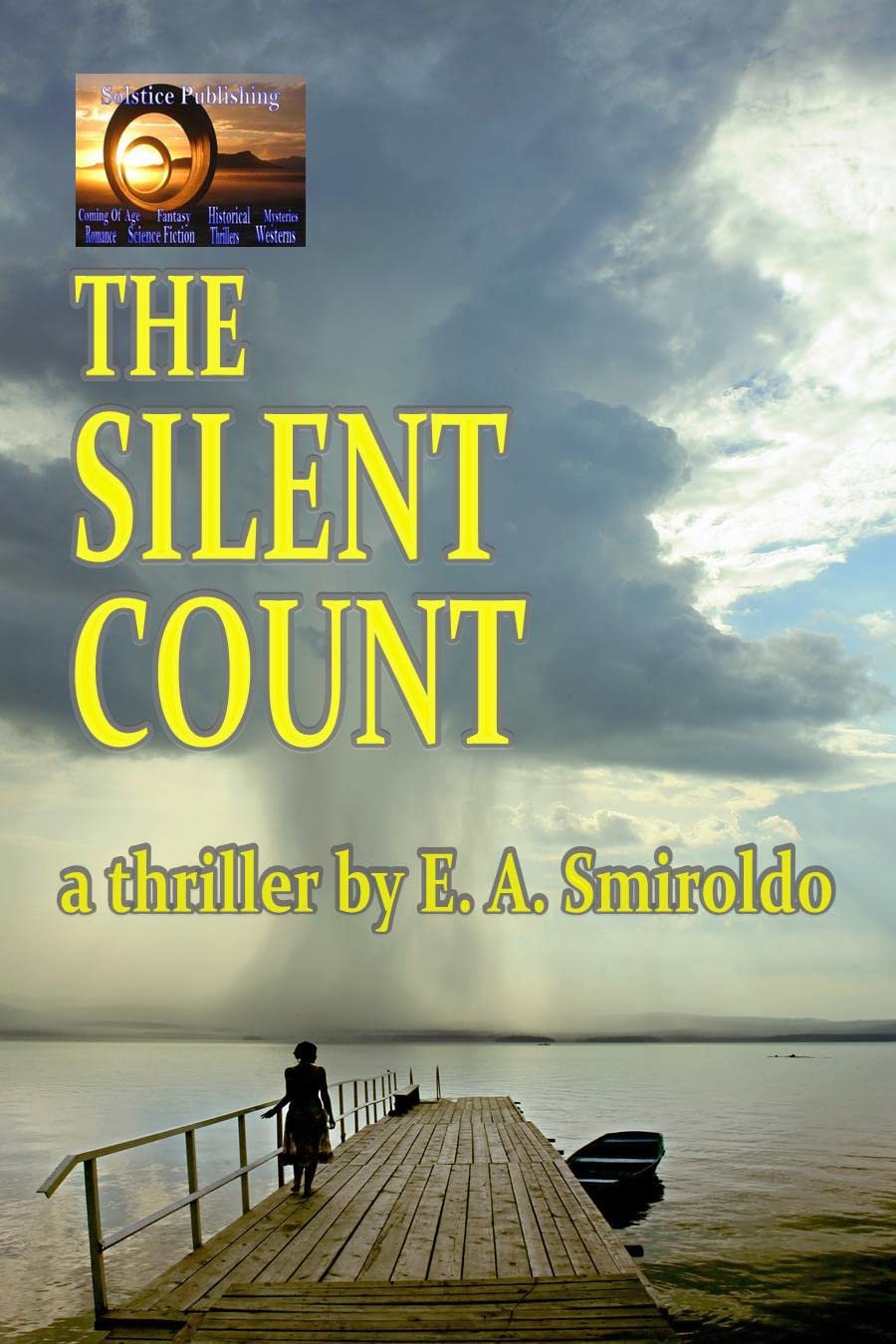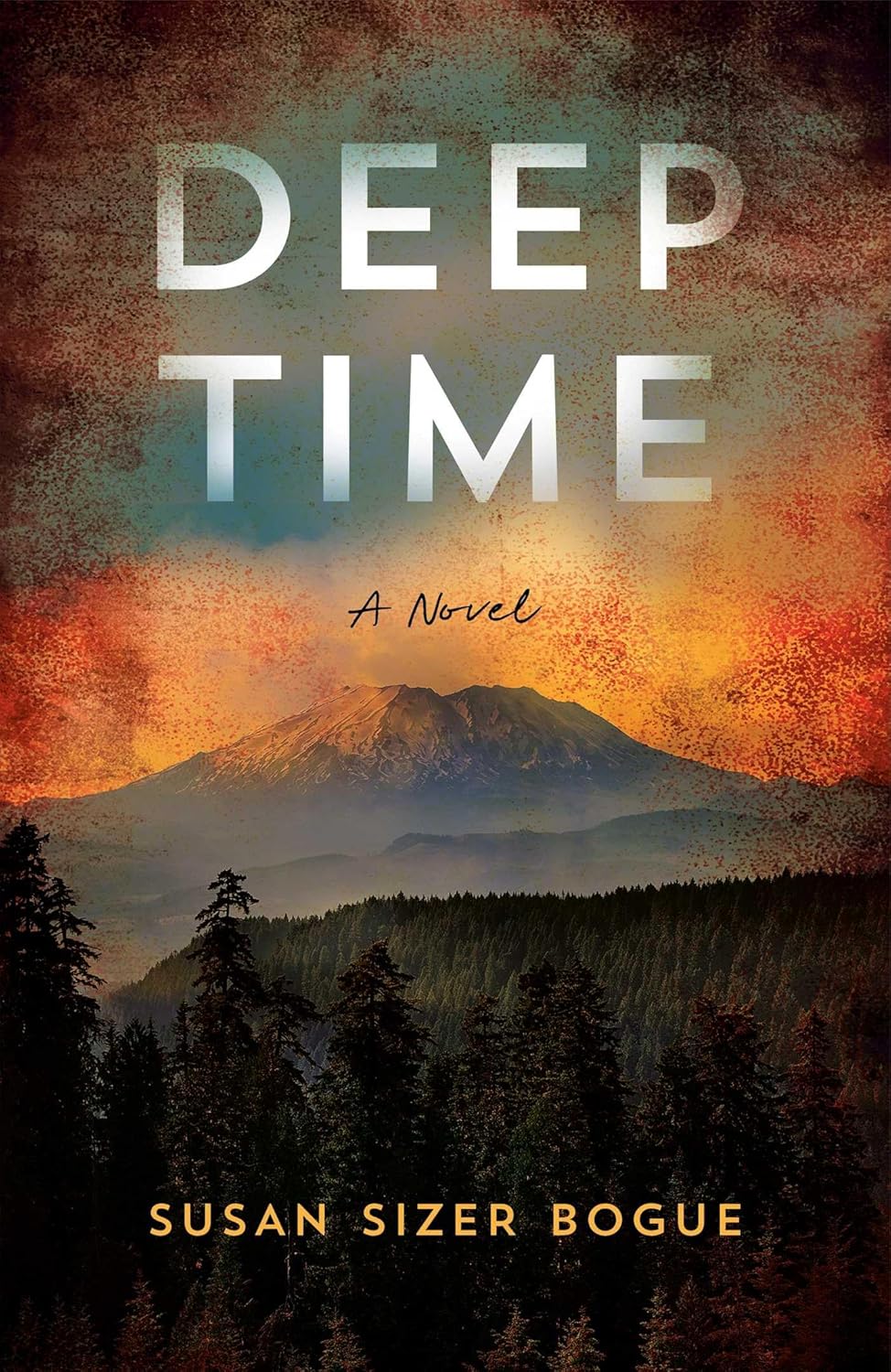Shedding the Masks: Finding Healing in Our Darkest Truths
Before I could write What I Couldn’t Tell My Therapist, I had to write a different book. My original goal was to create a book about my grueling medical journey with an inexplicable headache, aiming to help others who suffered from headaches. I gathered all my medical records, sifted through hundreds of pages of medical jargon, and wrote about my brain surgeries, my complicated diagnosis, and how I finally found relief through different medical treatments and intensive psychotherapy. I thought I was done. I hoped my book would help many people stuck in the nightmare of chronic pain.
But then a realization struck me: I hadn’t written my book. My defense mechanisms had. My people-pleasing, hiding, avoidance, denial, forgetting, self-criticism, and shame wrote that book.
I broke into a sweat. I sat in front of my computer, my knees covering my face. How could I write that psychotherapy can help with headaches without explaining the details? How could I write about all the medical procedures without discussing their harm? And then another realization struck me: to increase the chances of helping people achieve lasting relief, I would need to reveal my inner world, just as therapy had revealed it to me. Safely experiencing our inner world can free us from chronic pain, depression, anxiety, and much more. But revealing my inner world would mean sharing deeply personal things about my family. Was I allowed to do that? If our stories intersect with others’ stories, can we still tell them? Are they ours to share?
I had spent my whole life keeping others’ secrets, just as they wanted. Yet later I learned that this secrecy contributed to my headaches. So I stared at my computer screen through my sweaty knees, grappling with this dilemma.
I decided to write a memory—just one. It felt illegal and shameful, yet my fingers kept typing. I wrote another memory and then another. These were the memories my mother contested and some I had never shared for fear of being told they were wrong. But I kept writing.
As I allowed my memories to live on the page, I settled into the idea that sharing the depths of my personal story was the only way to authentically help others. But it wasn’t just about helping others. It was also about helping me. If shame, secrecy, and self-criticism make people sick, why let these defenses dictate my book, creativity, and expression? Weren’t my defenses one of the two main factors that made me sick? Revealing my defenses and facing what they hid was the very thing that freed me.
Then I envisioned others’ stories coming to the page because the book was not just about me. It was about us. Sharing only my story might make it harder for people to learn a very important truth: we are united by our deepest wishes to love and be loved, and we often harm ourselves to maintain our bonds. As they say, it was a “we” thing, not a “me” thing.
I thought of several clients whose stories could overlap with mine and who would feel safe and touched by having their therapeutic journeys included in my book. (Writing their stories flowed effortlessly because it didn’t involve confronting my own defenses.) When I shared my idea for the book with them, I said that all identifying details would be changed, they could be involved in the editing process, and I would proceed only with their full consent. If they declined, it wouldn’t be a problem. Each one said yes, and we reflected on what it meant and how it impacted them.
Including them answered many questions clients often have about their therapists: “Does my therapist really care about me? Think about me? Respect me?” It was deeply impactful for them to know that their therapist thought about them, that they mattered, and that they were seen as heroes. Knowing that their stories could help others added more color and depth to our therapy sessions than we ever expected.
Many therapists before me have included clients’ stories in their books: Irvin Yalom, Galit Atlas, Lori Gottlieb, Catherine Gildiner, Jon Frederickson, Richard Schwartz, and others. These authors’ books have deeply touched readers because they are not vague about humanity. They go directly to the soul and bring it out of its confines. This is what we crave. This is the only way to offer a true connection with readers: soul to soul, not mask to mask.
When I finished writing What I Couldn’t Tell My Therapist, I had to confront what it meant for my family. It took years to speak with each of them, to share that I would no longer keep certain secrets, to tell them about the book, and to have them read and edit drafts. I noticed my desire for permission and realized that it was a remnant of my people-pleasing tendencies, my fear of getting in trouble with Mom and Daddy. It took more therapy and more support to get to where I am today: a feeling of full ownership of my story, of full permission from myself. I get to own my life. Still, I sometimes worry about reactions. At times, I get glimpses of the way I used to feel. But that is the cycle of things. As we grow, we revisit our old stomping grounds of defenses, yet we revisit these places in a new body and with a freer soul.
—
MICHELLE M. MAY, LPC, is the chair of the Intensive Short-Term Dynamic Psychotherapy (ISTDP) program at the New Washington School of Psychiatry in Washington, DC. She is a psychotherapist and supervisor specializing in intensive dynamic therapy with a private practice for adults and couples in Virginia and Washington, DC. This is her first book.
What I Couldn’t Tell My Therapist: The Truths We Told to Heal Our Lives, Michelle M. May
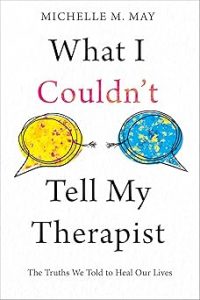 What I Couldn’t Tell My Therapist shares the unforgettable stories of three patients in intensive therapy. Michelle, a dedicated psychotherapist, struggles with an addiction to people-pleasing and perfectionism while being tethered to opioids by mysterious chronic pain. After her own transformative odyssey, Michelle helps two troubled patients, Walter and Emma. Walter confronts the shadows of crippling depression and an intimate attachment to cannabis, while Emma yearns for a relationship but is stymied by her haunting fear of vulnerability. Within the sacred confines of intensive therapy sessions, their stories intertwine, creating a sanctuary for profound revelation.
What I Couldn’t Tell My Therapist shares the unforgettable stories of three patients in intensive therapy. Michelle, a dedicated psychotherapist, struggles with an addiction to people-pleasing and perfectionism while being tethered to opioids by mysterious chronic pain. After her own transformative odyssey, Michelle helps two troubled patients, Walter and Emma. Walter confronts the shadows of crippling depression and an intimate attachment to cannabis, while Emma yearns for a relationship but is stymied by her haunting fear of vulnerability. Within the sacred confines of intensive therapy sessions, their stories intertwine, creating a sanctuary for profound revelation.
Through these stories, the profound truth emerges–that the unspoken holds the power to shape our healing journey. What I Couldn’t Tell My Therapist serves as a testament to the power of intensive therapy, inviting us to confront the depths of our unspoken truths and unlock the hidden pathways to profound transformation.
BUY HERE
Category: Contemporary Women Writers











